
Modern bike helmets typically come with a myriad of claims. Given that many premium options are designed with bike racing in mind, these are often performance-related. The best bike helmets purport to be more aerodynamic or better ventilated, and they certainly are getting lighter, but are they any safer?
It’s a fair assumption that when you buy a helmet it’s fit for purpose. All helmets sold by legitimate retailers will have passed a safety standard for the specific country it's sold in. In the US it’s the SNELL standard, while in the UK and Europe it’s EN 1078 and you’ll see a sticker on the helmet to verify that it meets the requirements.
But given that these standards haven’t been updated for 25 years, are they still proof enough that the helmet we’re buying is safe? I asked Dr. Mazdak Ghajari, lead researcher of the HEAD Lab project at University College London, which as part of its studies has tested numerous bike helmets with a view to providing consumers with more in-depth data, whether the current standard were sufficient?
“Standards ensure that helmets meet a bare minimum protection level. They are traditionally designed to protect against certain injuries, mainly skull fractures. Hence, helmets that meet standards, in contrast to those that do not, have a minimum level of protection,” he said
“Current standards measure helmet protection during impacts against 'rigid' flat or non-flat (hemispherical or curbstone) anvils. Their pass/fail is based on the risk of skull fractures. As a result, current helmets provide good protection against skull fractures and associated focal brain injuries such as contusions.”
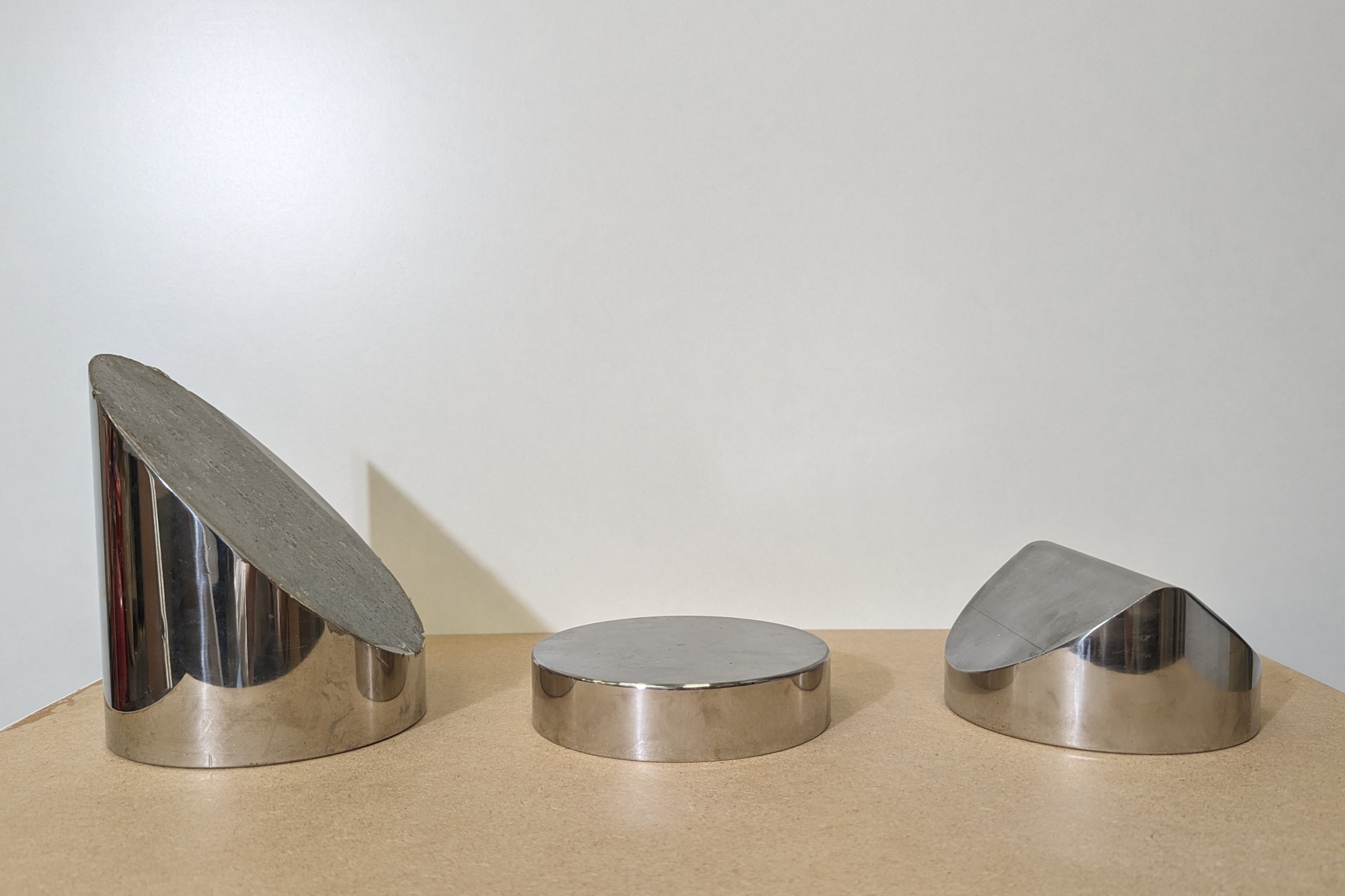
But skull fractures aren’t the only potential head injury that can be caused by falling off a bicycle. So are these standards a little too narrow in their approach? Dr. Ghajari believes so.
“These standards do not test helmets for mitigating rotational effects of impacts on the brain. Head rotation can produce injuries such as diffuse axonal injuries, which have long-term effects and are often more difficult to manage than focal brain injuries,” he says.
Of course, manufacturers of helmets can design a product that exceeds the necessary requirements to meet these standards. And it’s here that we’ve seen the creation of technology designed to minimise the rotational impacts that Dr. Ghajari references, with MIPS [Multi-directional Impact Protection System] being the most recognisable. As a non-proprietary design, it’s seen across many helmets from many brands. But what is exactly meant by a rotational impact and why has it been such an area of focus in the past few years?
“Head impacts have different mechanical effects on the head. They can apply a direct force to the head, which can fracture the skull. These effects are often assessed by measuring the 'linear acceleration' at the centre of mass of the head. This is why it is well-acknowledged that current standards, which measure peak linear acceleration, assess the risk of skull fractures,” he says.
“But head impacts can also produce head rotation. Head rotation can produce shearing of brain tissue and lead to bleeding and axonal injuries.” Axonal injuries are when the brain’s nerve fibres are torn, typically caused by the brain shifting and rotating inside the skull during an accident.
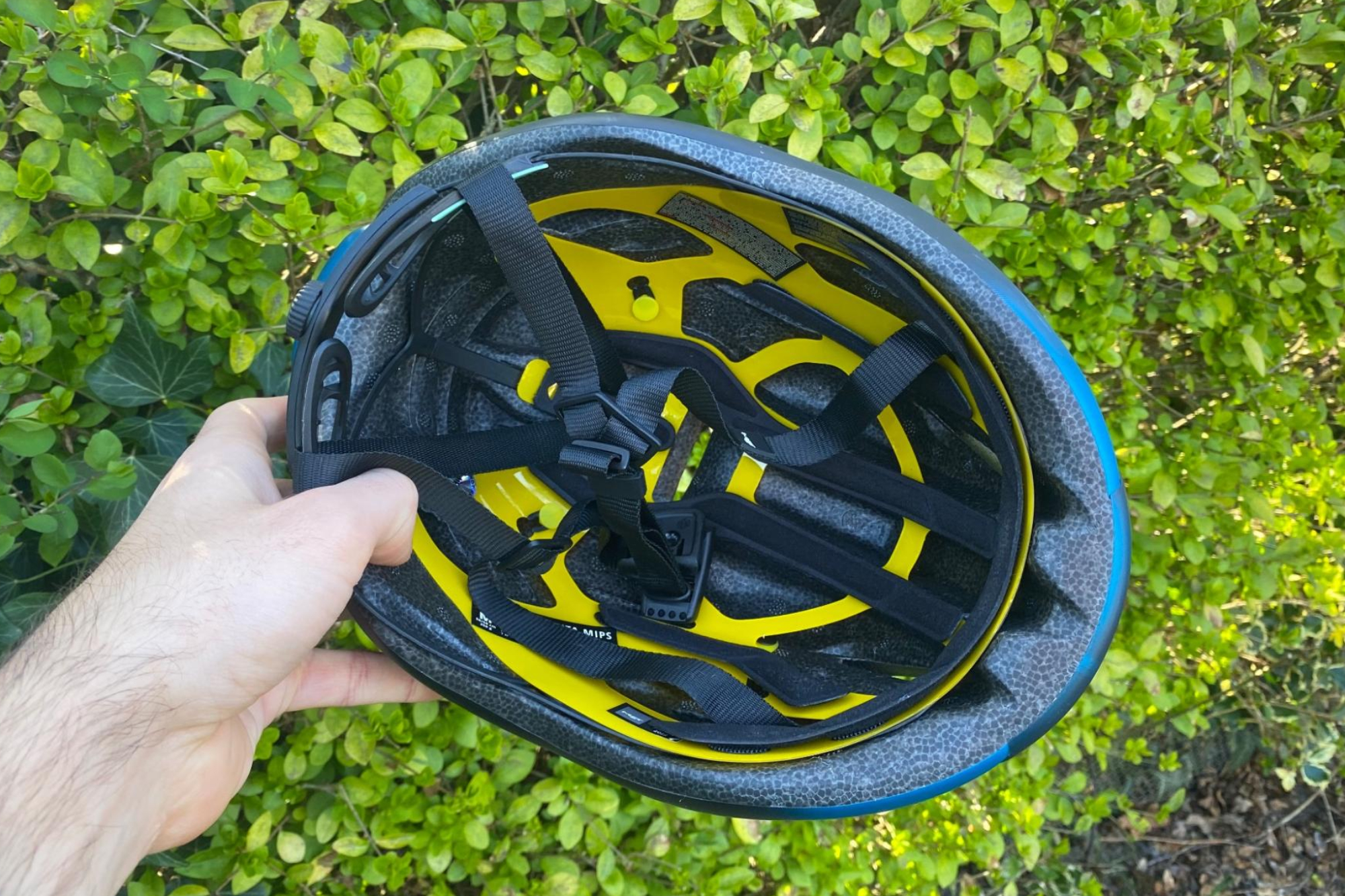
Dr. Ghajari explains that any impact can cause both linear and rotational head motions, but that some impacts produce larger rotations. An example of this is an oblique impact, where the direction of motion is at an angle to the impact. “Because they [oblique impacts] produce a large force tangential to the helmet, they tend to increase helmet/head rotation,” he says.
So does MIPS technology - or similar offerings - make a helmet safer?
“Using technologies dedicated to reducing head rotation during impacts are helpful in improving helmet protection,” says Dr. Ghajari. “For instance, technologies that allow for larger relative rotation between the head and helmet can help reduce head rotation and MIPS has been effective in reducing head rotation in oblique impacts in laboratory experiments.”
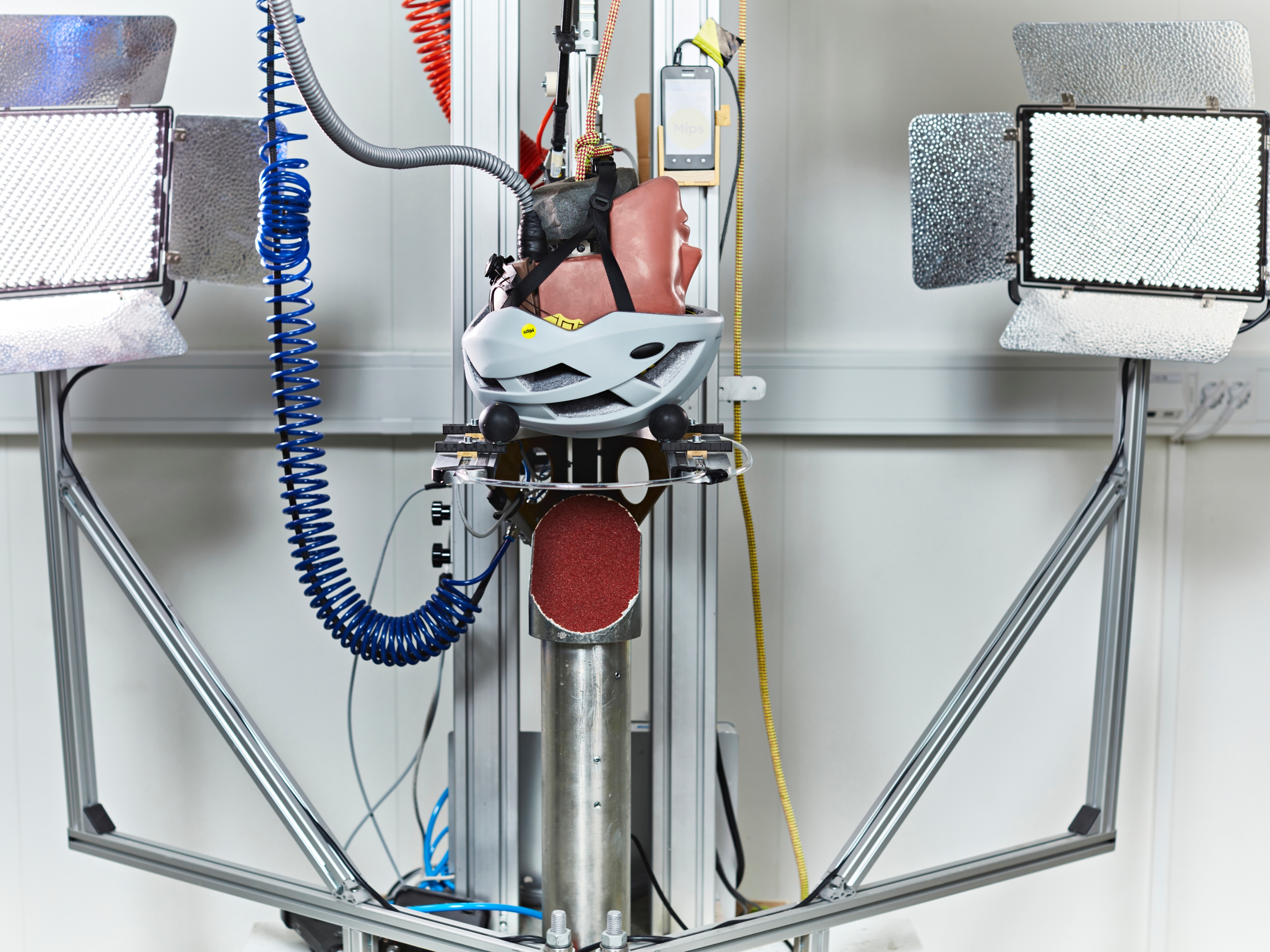
While MIPS has been shown to improve the safety of a helmet with regards to reducing head rotation, it’s been incorporated into designs that otherwise appear largely unchanged from those of the last five or even ten years. Bike helmets continue to use a fairly standardized design - an outer shell made from a hard plastic, an inner lining made from foam, an internal adjustable ‘cage’ that allows the helmet to be tightened and a chin strap. It begs the question if this blueprint remains the best approach from a safety perspective. Again, I asked Dr. Ghajari his thoughts on
“In my opinion, it is a good design in terms of safety,” he says. “The outer shell provides some protection against sharp objects, and it spreads the contact force over a larger area of the inner liner. This helps to engage a larger volume of the liner, thus increasing the energy absorption. The adjustable cage system is very useful in making sure that the helmet is secured to the head and does not come off before the impact.”
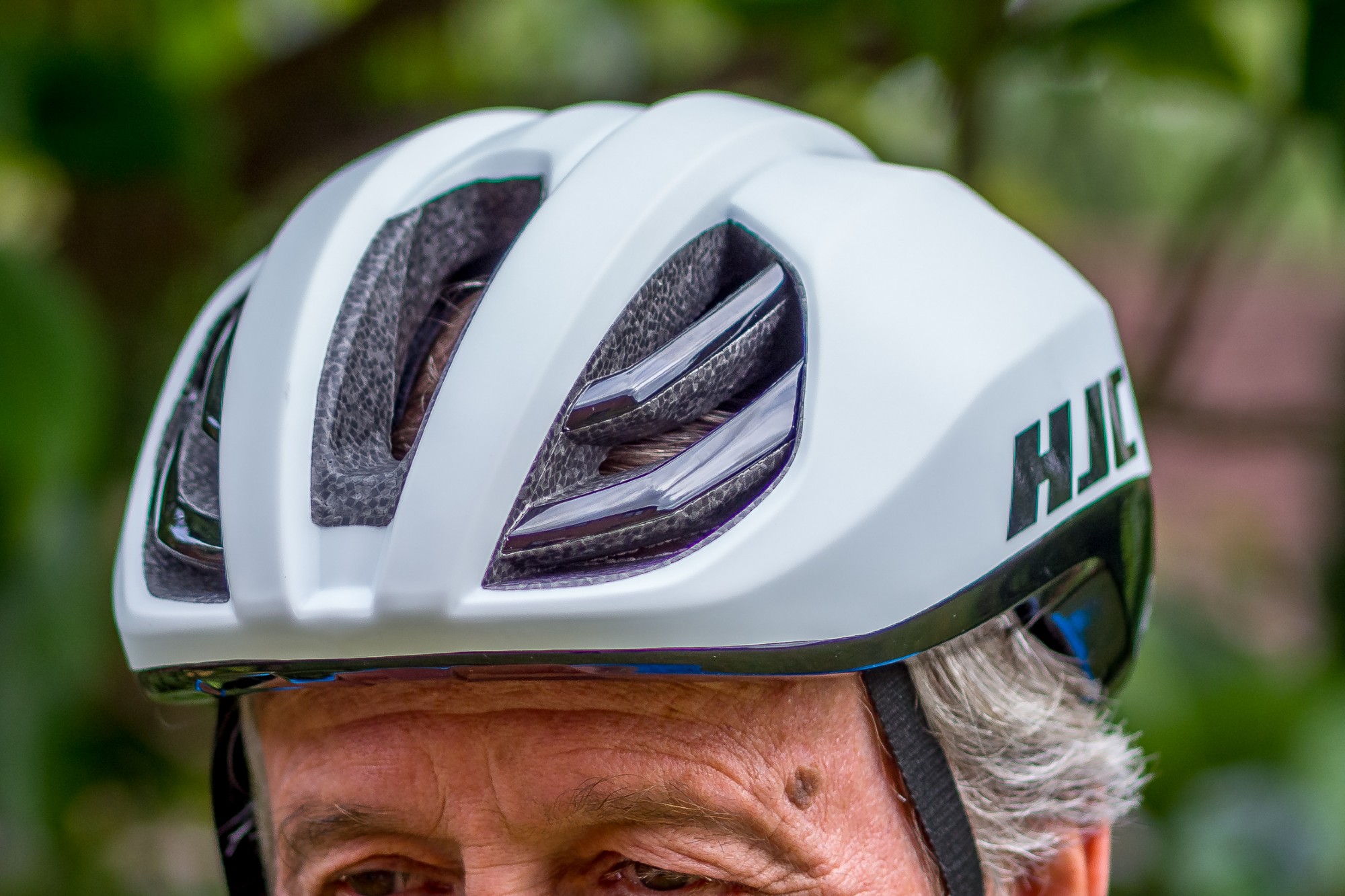
It’s encouraging to hear, especially from the lead in a study that has tested some 30 helmets with a view to providing the consumer with detailed, independent information regarding helmet safety (you can find the results at hiperhelmets.org). But that’s not to say designs can’t be improved and that helmets won’t continue to evolve. For example, Trek currently has a patent application for a helmet design that uses a ‘sliding energy diverting layer’ that also acts as the outer shell of the helmet.
Dr. Gharaji acknowledges that current linear and rotational impact protection can be improved upon given that cyclists still sustain brain injuries after falls and collisions, and will likely come as a result of a change in material. As long as it can prove to be cost-effective.
“There have been several efforts to incorporate new materials in helmet liners to improve head protection, but they have largely failed to enter the market due to either marginal improvements or high costs,” he says. “I hope to see new materials incorporated in helmets that can improve their protection without having a large impact on helmets’ price.”
It’s a valid point and one that’s integral to the continuing development of safer helmets. Helmets need to be wearable and removing barriers to use is an important factor, whether it’s making them more affordable, lighter or portable, such as the foldable Newlane design.
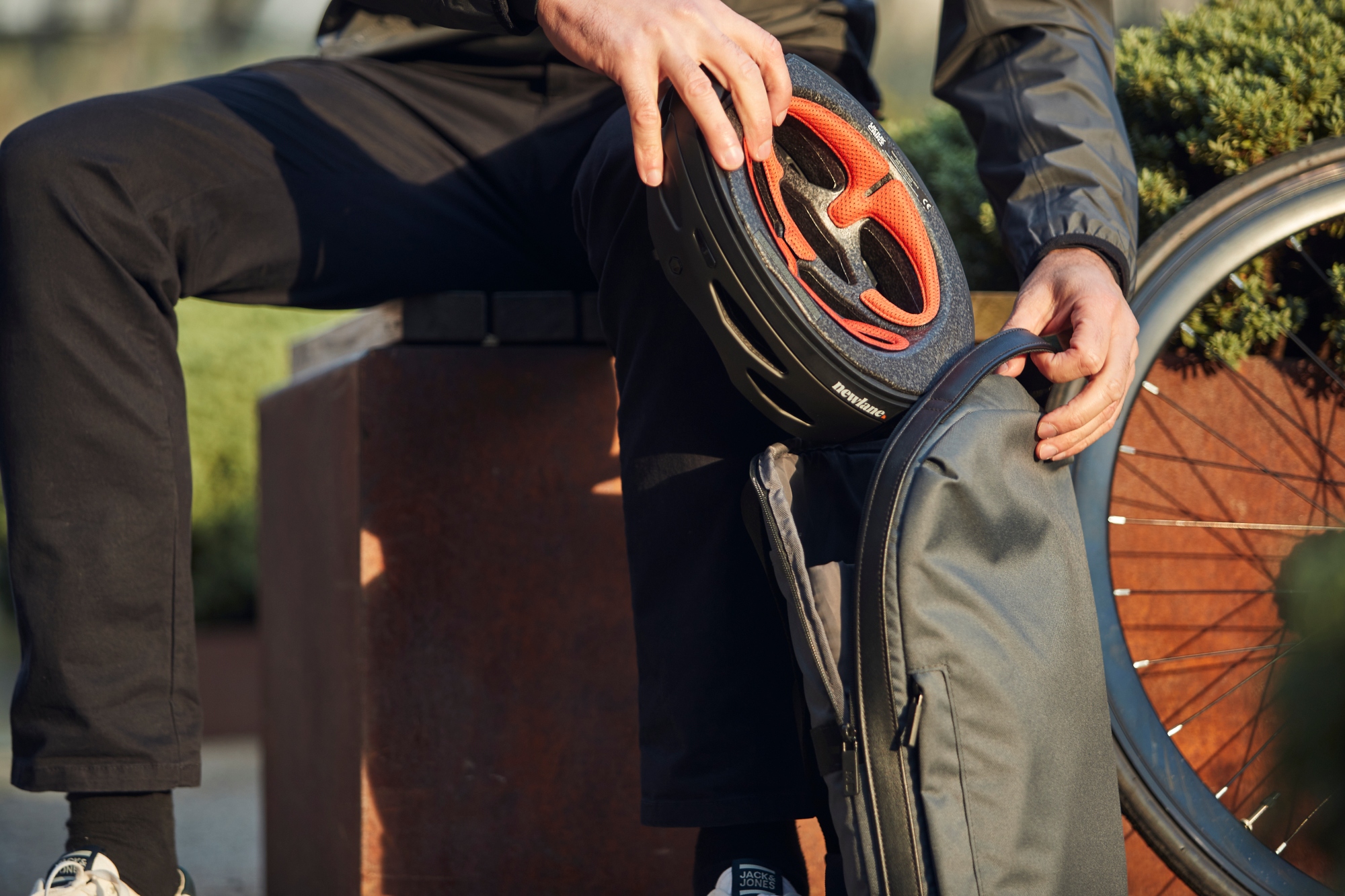
I’ve always favoured helmets that have felt light on the head and have found them, unsurprisingly, to be far more wearable than ones that are more weighty. It’s a calling card of many road helmets, which extol the ventilation and overall lack of weight. But I wondered if these modern, lightweight designs are less safe, even if they are more desirable?
“To improve ventilation, holes are incorporated in the helmet design, which means more of the liner is removed, thus reducing the amount of liner available for energy absorption,” says Dr. Gharaji.
Another more recent advancement in helmet design has been the incorporation of aerodynamic properties. Again, I was interested to find out if this might have a detrimental effect on the safety of the helmet?
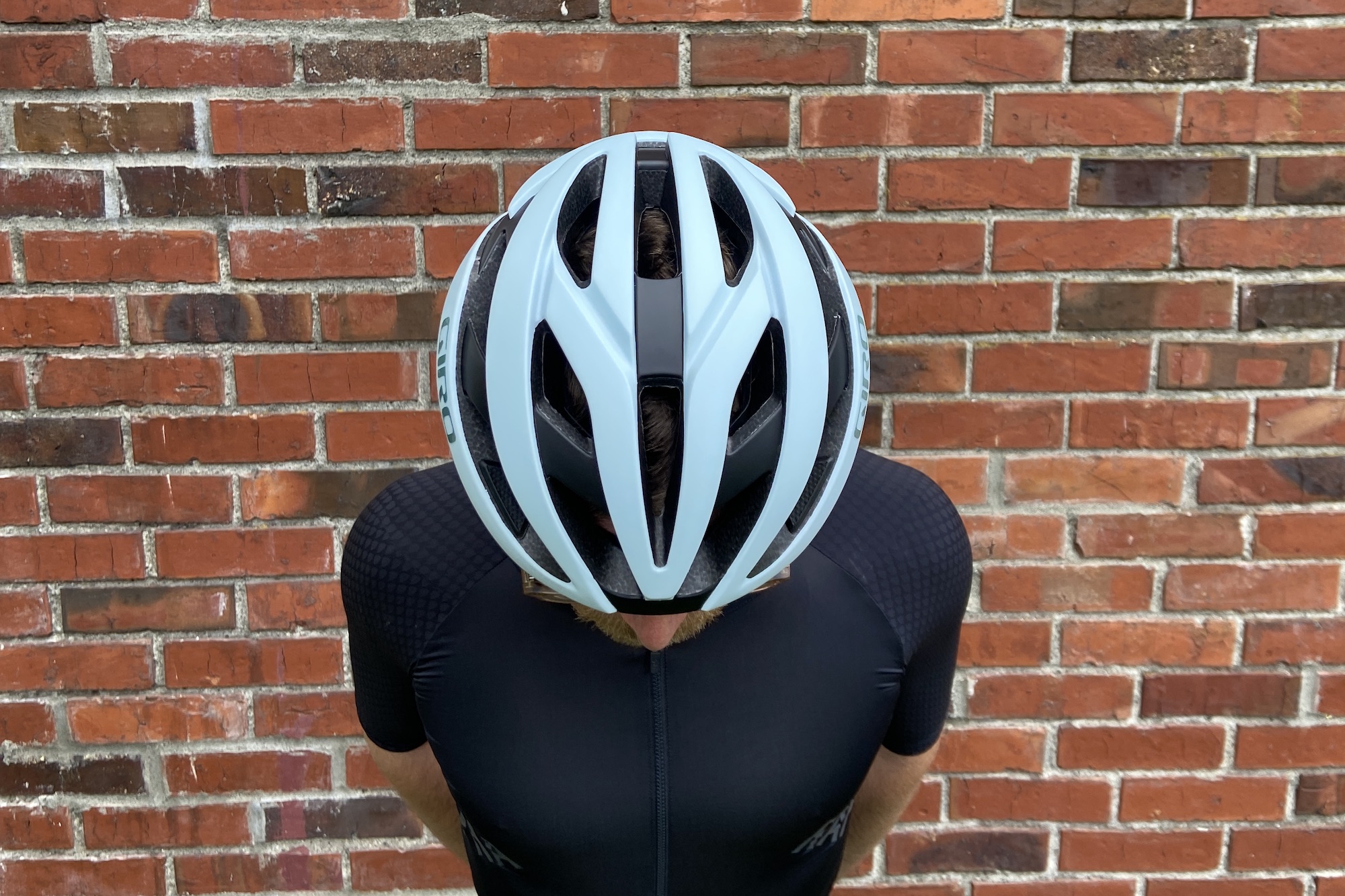
“Aerodynamics and ventilation put constraints on helmet design from a protection point of view,” says Dr. Ghajari. “Aerodynamic helmets are thinner, but the thinner the helmet, the less liner is available for energy absorption. There may be smarter ways for designing helmets for better aerodynamics and ventilation, which involve removing part of the liner but in a way that can contribute to better protection against certain injury mechanisms, such as rotational mechanisms,” he adds.
“Currently the dominant approach for improving aerodynamics and ventilation is thinning the helmet and incorporating holes in the liner,” Dr. Ghajari concludes.
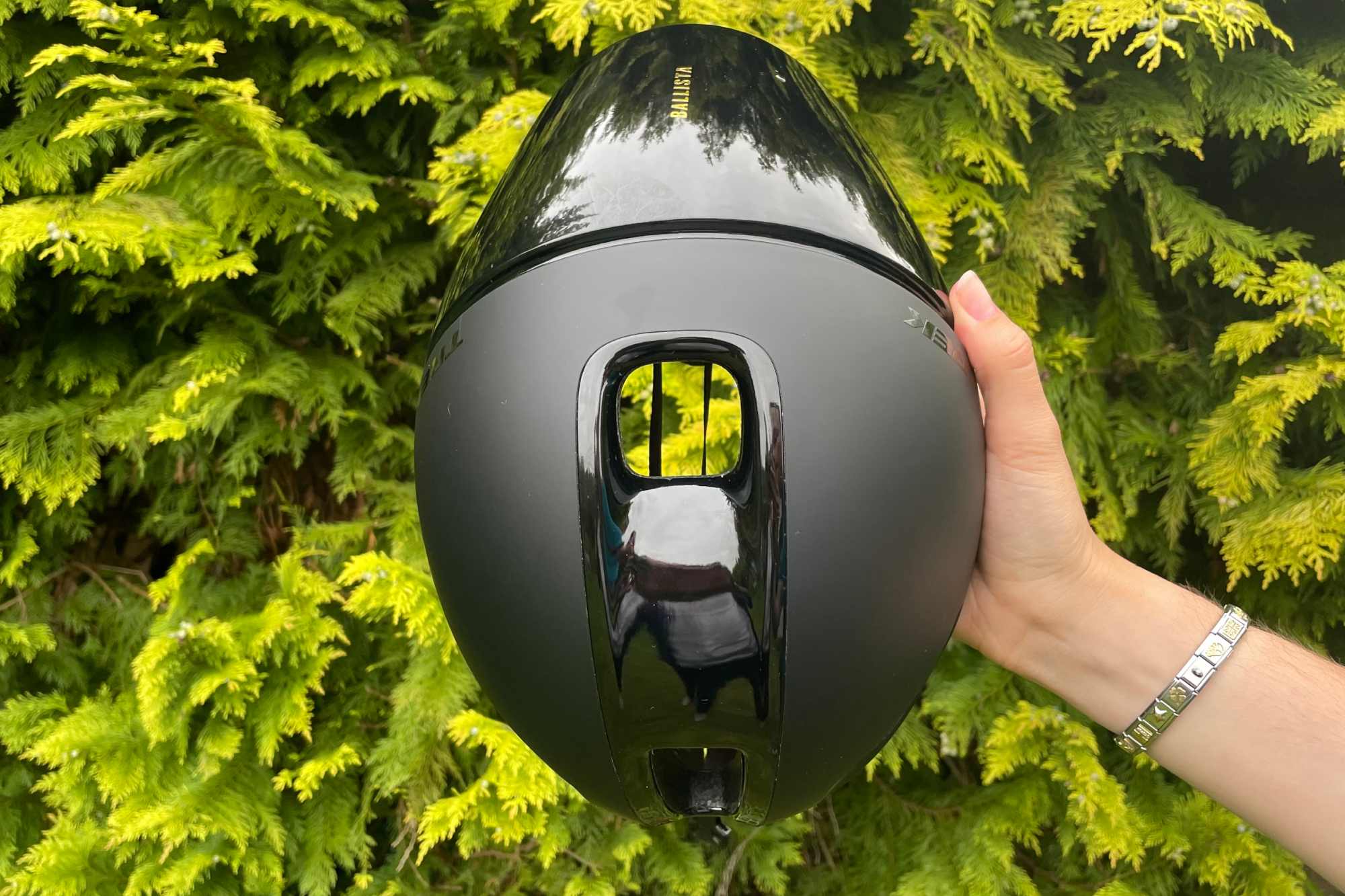
Of course, this doesn’t make aero or lightweight helmets unsafe, but making a helmet thinner or adding vents, which necessitates removing areas of the liner, will make improving safety more challenging. This is where thorough, independent testing that considers real-world impacts can help solidify consumer confidence.
To some degree the Virginia Tech ratings, which provides comparable results across a wide range of helmets and is completely free of any funding or influence from helmet brands, offer this. However, a quick scan of the 250+ helmets that it has tested to date reveals that many achieve the full five stars. While this is encouraging in terms of the helmet’s safety, it could be suggested that there is a need to continue to advance the testing, as Dr. Gharaji and his team are doing, which in turn will require the helmet designers to evolve as well if their products are to receive the highest safety ratings.







